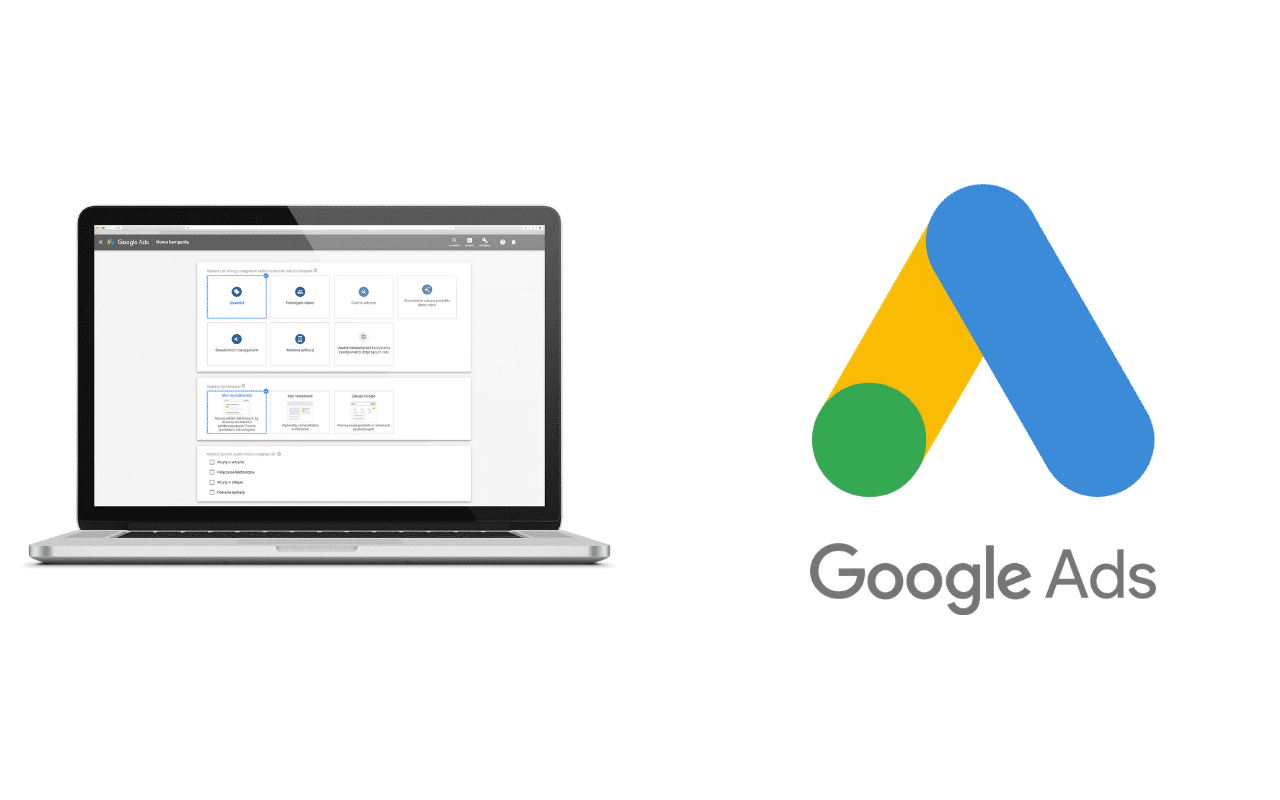Monetizing your website with Google Ads (formerly known as Google AdSense) is an effective way to generate revenue from your online content. Google Ads allows website owners to display targeted ads, earning money every time visitors interact with those ads. If you’re new to this process or looking for a detailed guide, you’ve come to the right place. Here’s a step-by-step breakdown of how to enable Google Ads on your website.
Step 1: Ensure Your Website Meets Google Ads Policies
Before diving into the setup process, it’s essential to make sure that your website complies with Google’s policies. Google has strict rules for websites displaying ads to ensure a high-quality user experience and advertiser satisfaction.
Key Requirements:
- Content Quality: Your website must have unique, high-quality content that offers value to users.
- Traffic: While there’s no official traffic minimum, having a steady stream of visitors improves your chances of approval.
- Compliance with Google Policies: Review the Google AdSense Program Policies to ensure your site follows guidelines on content, ads placement, and technical requirements.
Examples of Disallowed Content:
- Adult content
- Pirated material
- Hateful or violent content
- Misleading content
Ensure your site meets these standards to avoid issues during the approval process.
Step 2: Sign Up for a Google AdSense Account
Google AdSense is the platform that lets you manage ads on your website. If you don’t already have a Google account, you will need one to sign up.
How to Sign Up:
- Go to the Google AdSense website: Navigate to https://www.google.com/adsense.
- Click on “Get Started”: You’ll find this button at the top-right corner of the page.
- Sign in with your Google account: If you already have a Google account (such as Gmail), use it to sign in. Otherwise, you can create one.
- Enter your website URL: Provide the URL of the website you want to monetize.
- Choose your payment country and review terms: Google will ask for your country and for you to accept their terms and conditions.
- Submit the form: Once you’ve filled out the necessary information, submit the form. Google will then review your application, which usually takes a few days.
Pro Tip:
Use an email that you regularly monitor. Google will communicate any issues or status updates about your AdSense account through this email.
Step 3: Verify Your Website
Once you’ve submitted your application, Google requires verification that you own the website.
How to Verify Ownership:
- Add a verification code: Google will provide you with a code snippet (HTML code) that you need to add to your website.
- Place the code in the
<head>section of your website: If you’re using a CMS like WordPress, you can install a plugin like Insert Headers and Footers to easily add the code. Otherwise, you will need to manually paste the code into your website’s HTML. - Wait for Google’s Approval: After adding the code, Google will verify that the code is properly implemented, and the review process will begin.
Google typically takes 1–2 days to verify ownership and review the content of your website. During this time, make sure your website remains active and continues to comply with Google’s policies.
Step 4: Ad Placement and Customization
Once approved, you can now start placing ads on your website. Google provides several ways to add ads to your site, including automatic placements or manually choosing where the ads appear.
How to Place Ads:
- Login to AdSense: Once logged in, go to your AdSense dashboard.
- Navigate to “Ads”: On the left-hand side, click on the “Ads” tab.
- Choose “Auto Ads” or “Manual Placement”:
- Auto Ads: This option allows Google to automatically place ads across your website based on its design and layout. It’s the easiest method as Google optimizes placement for you.
- Click “Auto ads” and enable it.
- You will be given a code snippet to paste into the
<head>of your website, similar to the verification code. - Once implemented, Google will automatically manage the ad placements for you.
- Manual Ads: If you prefer more control over where the ads appear, you can select “By ad unit” to create specific ad placements.
- Choose an ad unit type (e.g., display ads, in-feed ads, in-article ads).
- Customize the size and format to fit your website’s layout.
- Google will generate an HTML code for each ad unit, which you need to place in the corresponding location on your website.
Pro Tip:
- Auto Ads is ideal for beginners who are not familiar with website design or where ads should go.
- Manual Ads work best if you want to fine-tune your ad placements for maximum engagement and earnings.
Step 5: Optimize Ad Performance
After you’ve placed ads on your site, it’s important to monitor their performance and make adjustments for better results.
Key Optimization Strategies:
- Monitor Performance in AdSense Reports: Use the built-in analytics tools in AdSense to track how each ad is performing in terms of impressions, clicks, and revenue.
- Dashboard > Reports: Review your earnings and see which pages or ad units are performing the best.
- Experiment with Ad Placement: Don’t be afraid to experiment with different placements to see what works best. Ads above the fold or embedded within articles often perform better than ads in the sidebar.
- Optimize for Mobile: Ensure your website and ads are mobile-friendly. Google Ads will automatically adjust for mobile devices, but it’s important to make sure your overall site layout is responsive.
- A/B Testing: Use A/B testing to compare different ad layouts, sizes, and types to see which combination yields the best results.
Step 6: Set Up Payment
Once you start earning money from Google Ads, you need to set up payment details to receive your earnings.
How to Set Up Payments:
- Navigate to Payment Settings: In your AdSense dashboard, go to Payments > Payment Settings.
- Add a Payment Method: Select your preferred payment method (bank transfer, check, etc.).
- Reach the Payment Threshold: Google won’t release payments until you meet the $100 minimum earnings threshold. Once you reach this, payments are processed on a monthly basis.
Common Issues and Troubleshooting
- AdSense Rejection: If your website is not approved, Google will usually provide a reason. Review the policies and make the necessary changes before reapplying.
- Low Earnings: If your earnings are low, try adjusting your ad placement, adding more content to drive traffic, or optimizing the types of ads being displayed.
- Page Load Speed: Ads can slow down your website, affecting user experience. Ensure your site is optimized for fast loading times by using tools like Google PageSpeed Insights.
Conclusion
Enabling Google Ads on your website can be a straightforward and effective way to monetize your content. By following these steps, you’ll not only set up ads correctly but also optimize their placement and performance to maximize your earnings. Always monitor and refine your ad strategy to get the most out of Google Ads, and remember to adhere to Google’s policies to avoid any issues.




